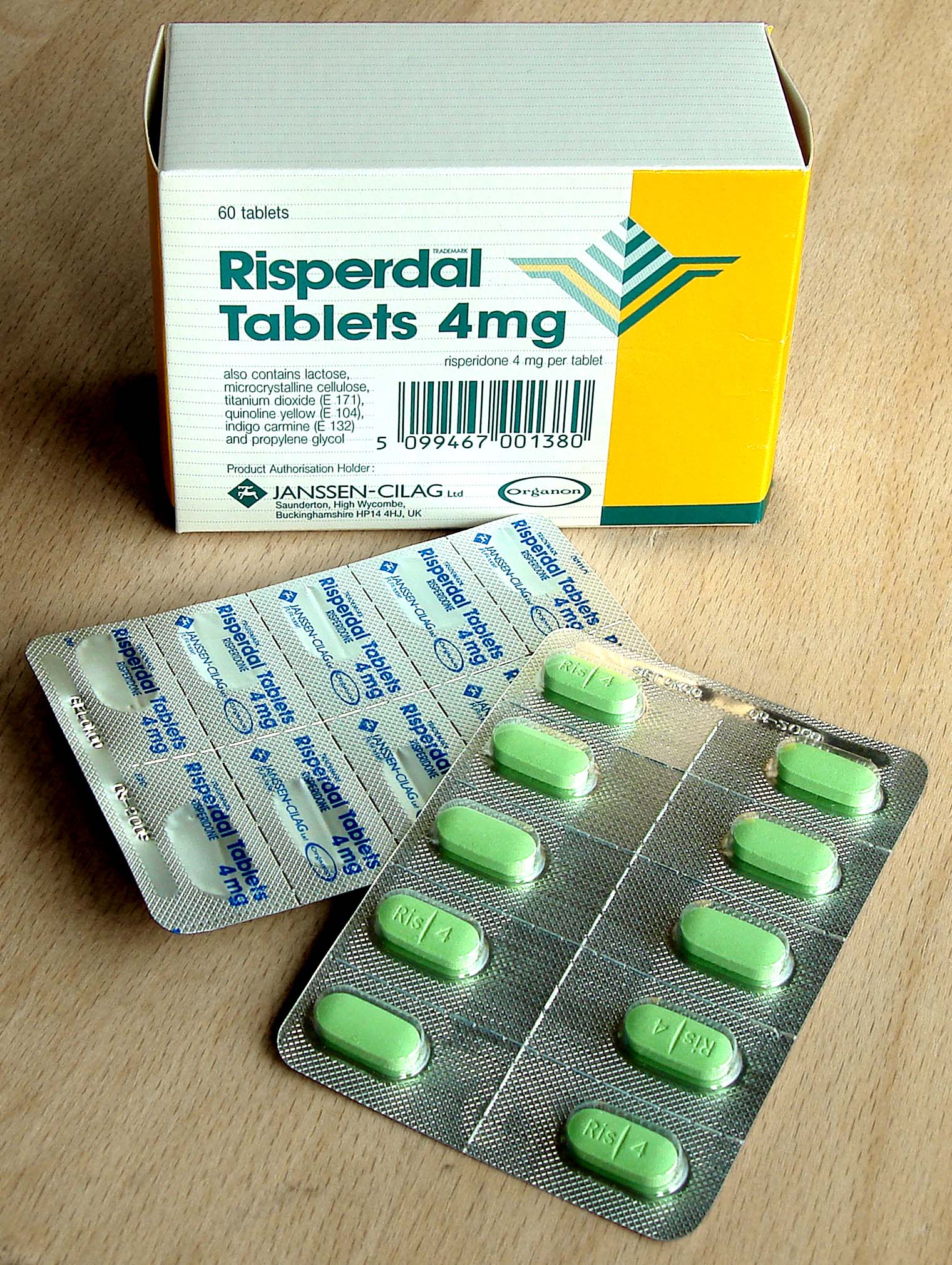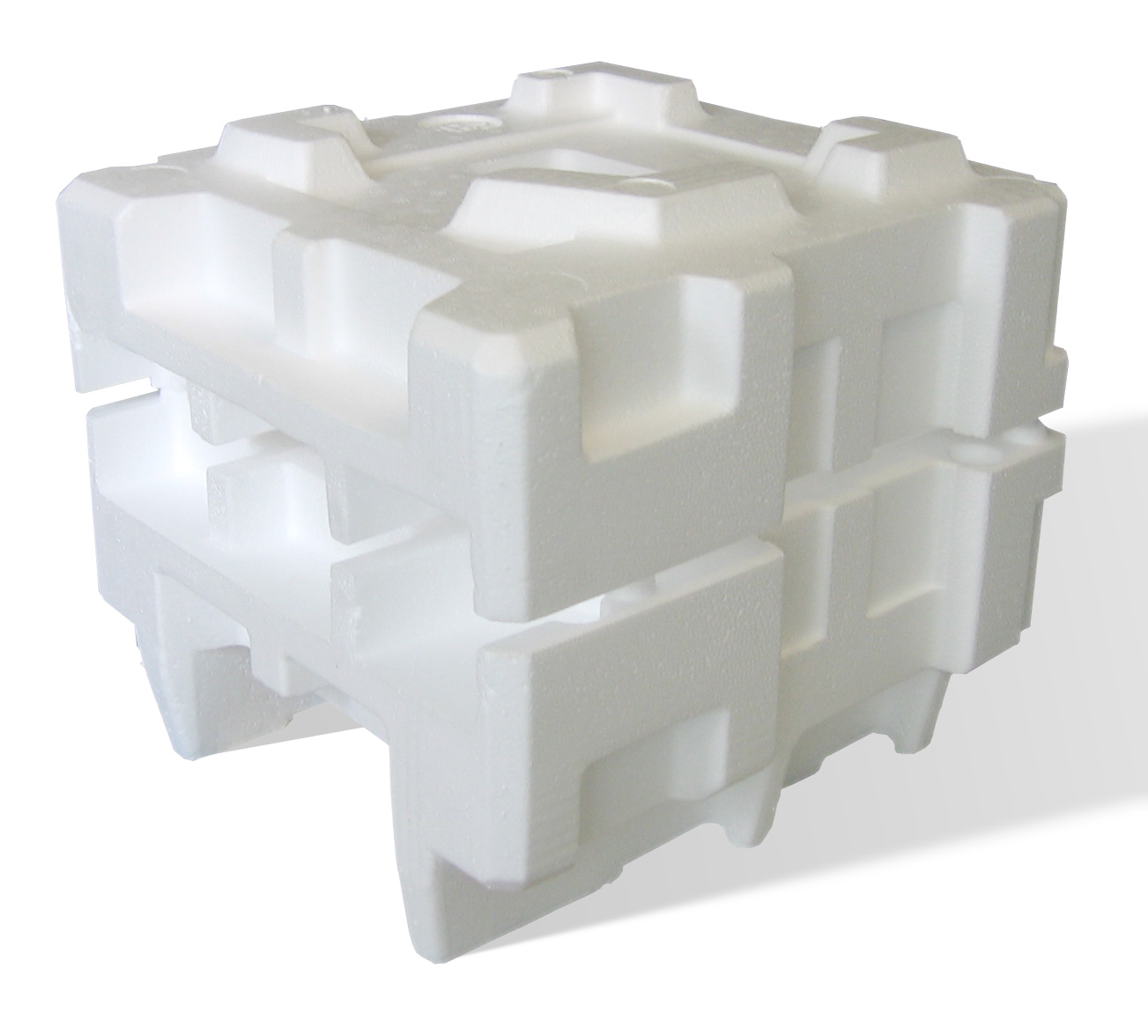|
Egg Carton
An egg carton (also known as an egg box in British English) is a carton designed for carrying and transporting whole eggs. Description These cartons have a dimpled form in which each dimple accommodates an individual egg and isolates that egg from eggs in adjacent dimples. This structure helps protect eggs against stresses exerted during transportation and storage by absorbing much shock and limiting the incidents of fracture to the fragile egg shells. An egg carton can be made of various materials, including foamed plastics such as polystyrene foam, clear plastic or may be manufactured from recycled paper and molded pulp by means of a mechanized papier-mâché process. Origins Before its invention, eggs were carried in egg baskets. In 1906, Thomas Peter Bethell of Liverpool invented a predecessor to the modern egg box and marketed it as the Raylite Egg Box. He created frames of interlocking strips of cardboard, and packed these frames in cardboard or wooden boxes for transp ... [...More Info...] [...Related Items...] OR: [Wikipedia] [Google] [Baidu] |
Papier-mâché
file:JacmelMardiGras.jpg, upright=1.3, Mardi Gras papier-mâché masks, Haiti Papier-mâché ( , , - the French term "mâché" here means "crushed and ground") is a versatile craft technique with roots in ancient China, in which waste paper is shredded and mixed with water and a binder to produce a pulp ideal for modelling or moulding, which dries to a hard surface and allows the creation of light, strong and inexpensive objects of any shape, even very complicated ones. There are various recipes, including those using cardboard and some mineral elements such as chalk or clay (carton-pierre, a building material). Papier-mâché reinforced with textiles or boiled cardboard (carton bouilli) can be used for durable, sturdy objects. There is even carton-cuir (cardboard and leather) There is also a "laminating process", a method in which strips of paper are glued together in layers. Binding agents include glue, starch or wallpaper paste. "Carton-paille" or strawboard was already describ ... [...More Info...] [...Related Items...] OR: [Wikipedia] [Google] [Baidu] |
Eggs (food)
Humans and other hominids have consumed eggs for millions of years. The most widely consumed eggs are those of fowl, especially chickens. People in Southeast Asia began harvesting chicken eggs for food by 1500 BCE. Eggs of other birds, such as ducks and ostriches, are eaten regularly but much less commonly than those of chickens. People may also eat the eggs of reptiles, amphibians, and fish. Fish eggs consumed as food are known as roe or caviar. Hens and other egg-laying creatures are raised throughout the world, and mass production of chicken eggs is a global industry. In 2009, an estimated 62.1 million metric tons of eggs were produced worldwide from a total laying flock of approximately 6.4 billion hens. There are issues of regional variation in demand and expectation, as well as current debates concerning methods of mass production. In 2012, the European Union banned battery husbandry of chickens. History Bird eggs have been valuable foodstuffs since prehistory, in ... [...More Info...] [...Related Items...] OR: [Wikipedia] [Google] [Baidu] |
Packaging
Packaging is the science, art and technology of enclosing or protecting products for distribution, storage, sale, and use. Packaging also refers to the process of designing, evaluating, and producing packages. Packaging can be described as a coordinated system of preparing goods for transport, warehousing, logistics, sale, and end use. Packaging contains, protects, preserves, transports, informs, and sells. In many countries it is fully integrated into government, business, institutional, industrial, and for personal use. ''Package labeling'' (American English) or ''labelling'' (British English) is any written, electronic, or graphic communication on the package or on a separate but associated label. Many countries or regions have regulations governing the content of package labels. Merchandising, branding, and persuasive graphics are not covered in this article. History of packaging Ancient era The first packages used the natural materials available at the time: baskets of ... [...More Info...] [...Related Items...] OR: [Wikipedia] [Google] [Baidu] |
Palmer, Massachusetts
Palmer is a city in Hampden County, Massachusetts, United States. With a population was 12,448 at the 2020 census, Palmer is the least populous city in the Commonwealth. It is part of the Springfield, Massachusetts Metropolitan Statistical Area. Palmer adopted a home rule charter in 2004 with a council-manager form of government. Palmer is one of thirteen Massachusetts municipalities that have city forms of government but retain "The town of" in their official names. The villages of Bondsville, Thorndike, Depot Village, and Three Rivers are located in Palmer. History Palmer is composed of four separate and distinct villages: Depot Village, typically referred to simply as "Palmer" (named for the ornate Union Station railroad terminal designed by architect Henry Hobson Richardson), Thorndike, Three Rivers, and Bondsville. The villages began to develop their distinctive characters in the 18th century, and by the 19th century two rail lines and a trolley line opened the t ... [...More Info...] [...Related Items...] OR: [Wikipedia] [Google] [Baidu] |
Telkwa
Telkwa is a village located along British Columbia Highway 16, nearly southeast of the town of Smithers and west of the city of Prince George, in northwest British Columbia, Canada. History Settlement in the area began around 1904 in a townsite known as Aldermere on the hill above Telkwa. Around 1907, people began to move down the hill to be closer to water supplies and the anticipated route of the Grand Trunk Pacific Railway. The name Telkwa is possibly an Indigenous term for "meeting of the waters" which appropriately describes the confluence of the Bulkley and Telkwa Rivers in town. Demographics In the 2021 Census of Population conducted by Statistics Canada, Telkwa had a population of 1,474 living in 562 of its 584 total private dwellings, a change of from its 2016 population of 1,327. With a land area of , it had a population density of in 2021. Religion According to the 2021 census, religious groups in Telkwa included: *Irreligion (910 persons or 61.9%) *Chri ... [...More Info...] [...Related Items...] OR: [Wikipedia] [Google] [Baidu] |
Smithers, British Columbia
Smithers is a town in northwestern British Columbia, approximately halfway between Prince George, British Columbia, Prince George and Prince Rupert, British Columbia, Prince Rupert. With a population of 5,378 in 2021, Smithers provides service coverage for most of the Bulkley Valley. History Region First Nations settlements existed thousands of years prior to European presence. Railway The planned Grand Trunk Pacific Railway (GTP) required two major divisional points in BC, where additional staff and facilities would be located. After Prince George, British Columbia, Prince George, various central points on the Prince Rupert leg were considered in the vicinity of Telkwa, Aldermere. A prime choice was Hubert, east of Telkwa, initially called Bulkley by the developers, who had amassed the surrounding land. These speculators promoted a future new city, and later a trade centre of the Bulkley Valley, both fallacious claims, since Smithers had already been selected as the divisional p ... [...More Info...] [...Related Items...] OR: [Wikipedia] [Google] [Baidu] |
National Post
The ''National Post'' is a Canadian English-language broadsheet newspaper and the flagship publication of the American-owned Postmedia Network. It is published Mondays through Saturdays, with Monday released as a digital e-edition only."National Post to eliminate Monday print edition" . The Canadian Press. June 19, 2017. Retrieved June 28, 2017. The newspaper is distributed in the provinces of Ontario, Quebec, Alberta and British Columbia. Weekend editions of the newspaper are also distributed in Manitoba and Saskatchewan. The newspaper was founded in 1998 by Conrad Black in an attempt to compete with ''The Globe and Mail''. In 2001, CanWest completed its acquisition of the ''National Post''. In 2006, the newspaper ceased distribution in Atlantic Canada and the Canadian territo ... [...More Info...] [...Related Items...] OR: [Wikipedia] [Google] [Baidu] |
Molded Pulp
Molded pulp or molded fiber (also spelled as moulded pulp or moulded fibre) is a packaging material, that is typically made from recycled paperboard and/or newsprint. It is used for protective packaging or for food service trays and beverage carriers. Other typical uses are end caps, trays, plates, bowls and clamshell containers. For many applications, molded pulp is less expensive than expanded polystyrene (EPS), vacuumed formed polyethylene terephthalate (PET) and polyvinyl chloride (PVC), corrugation, and foams. Molded pulp is often considered a sustainable packaging material, as defined by the Sustainable Packaging Coalition, since it is produced from recycled materials, and can be recycled again after its useful life-cycle. Molded pulp products can be made waterproof with a spray or dip coating of wax. Types of molded pulp Several types of molded pulp can be manufactured by several processes. Thick-wall These products usually have wall thicknesses of ... [...More Info...] [...Related Items...] OR: [Wikipedia] [Google] [Baidu] |
Plastic Egg Carton
Plastics are a wide range of synthetic or semisynthetic materials composed primarily of polymers. Their defining characteristic, plasticity, allows them to be molded, extruded, or pressed into a diverse range of solid forms. This adaptability, combined with a wide range of other properties such as low weight, durability, flexibility, chemical resistance, low toxicity, and low-cost production, has led to their widespread use around the world. While most plastics are produced from natural gas and petroleum, a growing minority are produced from renewable resources like polylactic acid. Between 1950 and 2017, 9.2 billion metric tons of plastic are estimated to have been made, with more than half of this amount being produced since 2004. In 2023 alone, preliminary figures indicate that over 400 million metric tons of plastic were produced worldwide. If global trends in plastic demand continue, it is projected that annual global plastic production will exceed 1.3 billion tons by 20 ... [...More Info...] [...Related Items...] OR: [Wikipedia] [Google] [Baidu] |
Plastic
Plastics are a wide range of synthetic polymers, synthetic or Semisynthesis, semisynthetic materials composed primarily of Polymer, polymers. Their defining characteristic, Plasticity (physics), plasticity, allows them to be Injection moulding, molded, Extrusion, extruded, or Compression molding, pressed into a diverse range of solid forms. This adaptability, combined with a wide range of other properties such as low weight, durability, flexibility, chemical resistance, low toxicity, and low-cost production, has led to their widespread use around the world. While most plastics are produced from natural gas and petroleum, a growing minority are produced from renewable resources like polylactic acid. Between 1950 and 2017, 9.2 billion metric tons of plastic are estimated to have been made, with more than half of this amount being produced since 2004. In 2023 alone, preliminary figures indicate that over 400 million metric tons of plastic were produced worldwide. If global trends ... [...More Info...] [...Related Items...] OR: [Wikipedia] [Google] [Baidu] |
Expanded Polystyrene Foam
Polystyrene (PS) is a synthetic polymer made from monomers of the aromatic hydrocarbon styrene. Polystyrene can be solid or foamed. General-purpose polystyrene is clear, hard, and brittle. It is an inexpensive resin per unit weight. It is a poor barrier to air and water vapor and has a relatively low melting point. Polystyrene is one of the most widely used plastics, with the scale of its production being several million tonnes per year. Polystyrene is naturally transparent to visible light, but can be colored with colorants. Uses include protective packaging (such as packing peanuts and optical disc jewel cases), containers, lids, bottles, trays, tumblers, disposable cutlery, in the making of models, and as an alternative material for phonograph records. As a thermoplastic polymer, polystyrene is in a solid (glassy) state at room temperature but flows if heated above about 100 °C, its glass transition temperature. It becomes rigid again when cooled. This temperatu ... [...More Info...] [...Related Items...] OR: [Wikipedia] [Google] [Baidu] |






